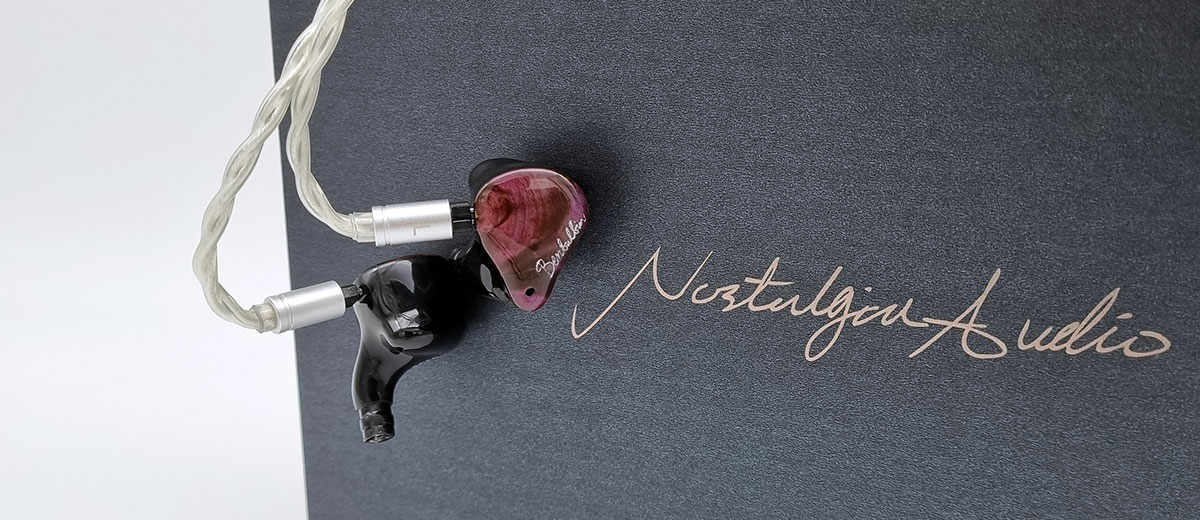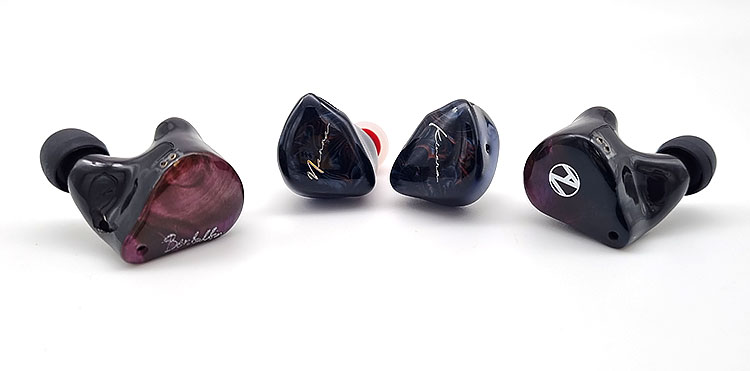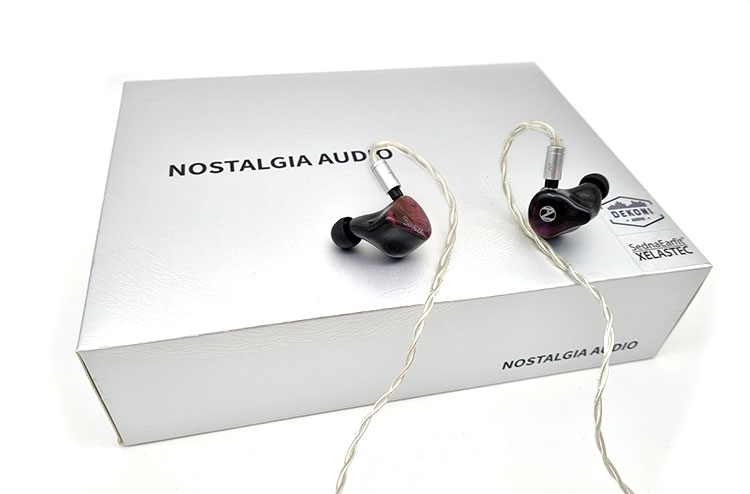Synergy
Efficiency
The Benbulbin has a rated impedance of 11ohm @1kHz. Upon further testing with multiple sources, the Benbulbin are highly sensitive IEMs that require little to no further amplification. However, technologically superior sources with better measuring DACs would yield positive changes in terms of overall resolution.
Starting with a simple, no-frills DD-Hifi TC35B, the Benbulbin reached a listenable volume with ease, at approximately 40% of digital volume on my Samsung S21 5G. No audible noise was picked up during testing.
The xDuoo X20’s 2.5mm balanced provided more than copious amounts of power, and an ideal volume was achieved at approximately 40 steps at low gain.
From both examples, it is easily inferred that little to no amplification is necessary for sonorous performance. To surmise, the Benbulbin are easily driven out of mobile, and portable sources. Power is not necessary for them to perform optimally.
Pairing
Sources with thicker note-weight and body in the lower-midrange would be a suitable complement, filling in the Benbulbin’s gaps whereas neutral to clean DAPs sound less impressive. For example, the xDuoo x20 can be described as having a lean presentation, but one that lacks note weight as a result of a scooped out the lower midrange.
Paired with the Benbulbin, and the resulting output is thinned out even further, where the highs to upper-mid registers are synthetically thin. It’s a very unnatural presentation that does not present the Benbulbin in a flattering light.
Instead, the hyper-portable ddHiFi TC35b proved to be an excellent grab-and-go pairing, where its warmer sonic presentation helps to accentuate the lower-mid registers reservedly, without completely skewing the Benbulbin’s frequency response. It’s a healthy combination that displays beautiful synergy.
Select Comparisons
Tin HiFi P2+
$620
Technical
The Tin Hifi P2+ is the official successor to the P2. Adopting user feedback, the P2+ is their flagship showcase of what 12mm planar-magnetic drivers could do in IEM form.
Instead of a hybrid-driver array like the Benbulbin, the P2+ opts for a single transducer approach. However, its sensitivity rating is much lower than the Benbulbin; this IEM demands copious amounts of power for peak performance.
Design
The P2+ adopts the same universal mold previously used in the P2. However, the P2+ distinguishes itself from the P2 with a heavily polished, 18k gold electroplated outer surface.
The cables included are sourced from “Mogami Cable”, a reputable Hi-fi brand of cable manufacturers. The P2+ features recessed 2-pin, QDC style connectors. Moreover, the termination is interchangeable via a 3-pin mini-XLR system, with 4.4mm, 2.5mm, and 3.5mm alternatives provided in the box.
Comparatively, it is significantly heavier than the Benbulbin, but its ergonomic profile is much slimmer. The P2+ cables while stiffer and less malleable, the multi-plug system is a welcomed addition that more brands should embrace.
Sound
The P2+ sound is highly resolving, with a treble-heavy tonality. Thankfully, the P2’s treble glare has been tamed here, but it’s a very enthusiastic sound signature where female vocals and string instruments are kicked up a notch.
It’s quite an aggressive signature that results in uncomfortable, treble flare-ups. In exchange, the P2+ captures the porous, and diffuse nature of the high-frequency band.
The Benbulbin, in comparison, appears more modest in its disposition, but it comes across as more timbral accurate without the hiss or sharpness that comes with the territory. It captures enough forwardness without eliminating unnecessary details.
The P2+’s low-end is speedy, assertive, and is reminiscent of a Hifiman-like sound signature. However, unlike the Benbulbin docile sub-bass boost, the P2+ sub-bass boost is slightly more voluminous, where sustain takes precedence over decay.
In comparison, the Benbulbin has a more decay-dominant approach to sub-bass; it’s simply present to ground the entire mix, but without deviating too far from a relatively neutral signature.
Kinera Nanna
$909
Technical
The Kinera Nanna has become a cult classic amongst many audio circles. Featuring 1 mid-balanced armature, 7mm dynamic driver, and 2 Sonion electrostatic tweeters, the Nanna’s were one of the earliest purveyors of newly developed, EST technology.
With its new iteration, the Nanna 2.0 Pro, it’s clear that Kinera has found its ticket to success. At 60 Ohms, its mechanical impedance is significantly higher than the Benbulbin, making it more source-dependent.
Design
Side by side with the Benbulbin, the Nannas are proportionally smaller, with better ergonomics for long-term comfort. Build-wise, they aren’t noticeably different, with both adopting the same industry-standard, hypoallergenic acrylic base. In addition, they both feature the same 2-pin structure. In this area, there seem to be far more similarities than differences.
The included cables with the Nanna terminate in 3.5mm, the base of the cable being made of OCC pure copper, in a 4-braid configuration. It is a flexible cable, where the included heat-shrink sheathing does not retain unwanted memory.
In comparison, the “Prelude” cable that comes with the Benbulbin feels far more premium in the hand (as discussed above in the Comfort and Fit section). Given the slight price disparity, the Nannas lose out in this dimension.
Sound
The Nanna is quite similar in this regard, with a neutral sound signature and significantly boosted bass response. However, its upper midrange has been altered to boost its detail retrieval.
The included EST drivers are unrivaled in their treble presentation; it’s resolving and hyper-detailed. The Nannas are an exceptional performer in the mid-range, and the Benbulbin is outclassed in terms of detail retrieval by a modest margin.
However, this is a double-edged sword that results in the emergence of unnatural, resonant artifacts that come across as abrasive, and grating. It becomes especially pronounced in the upper mids.
The more traditional driver structure of the Benbulbin is not overshadowed by such flaws. The upper registers seem to be given much more wiggle room on the Benbulbin before it tapers off naturally. Synthesizers and string sections are given slightly more room to breathe as opposed to the Nannas, albeit with less stridency.
The Nannas’ bass response is more skewed towards the mid-bass punch and slam instead of a sub-bass rumble. It’s more in-your-face to mellow out its heavily resonant mid-range. The Benbulbin’s mid-bass response is softer in comparison, but not as tame in the sub-bass department.
Our Verdict
The Nostalgia Audio Benbulbin is an exceptional representation of a consumer-friendly signature, with a prosumer twist. Its design is aesthetically pleasing and matches its premium price tag, alongside its generous package.
Sonically, it is an expertly tuned pair of IEMs that remains highly versatile across a wide variety of genres. If you’re in the market for a toe-tapping sound signature at the flagship level, the Benbulbin are worthy of your consideration, and should not be overlooked.
Nostalgia Audio Benbulbin Specifications
- 1x 11mm Tuned Titanium Coating Dynamic Driver
- 2x Mid-Range Frequency Balanced Amateur
- 2x High-Range Frequency Balanced Amateur
- Frequency Response: 10-19khz
- Impedance: 11ohm@1khz
- Isolation: -26db





